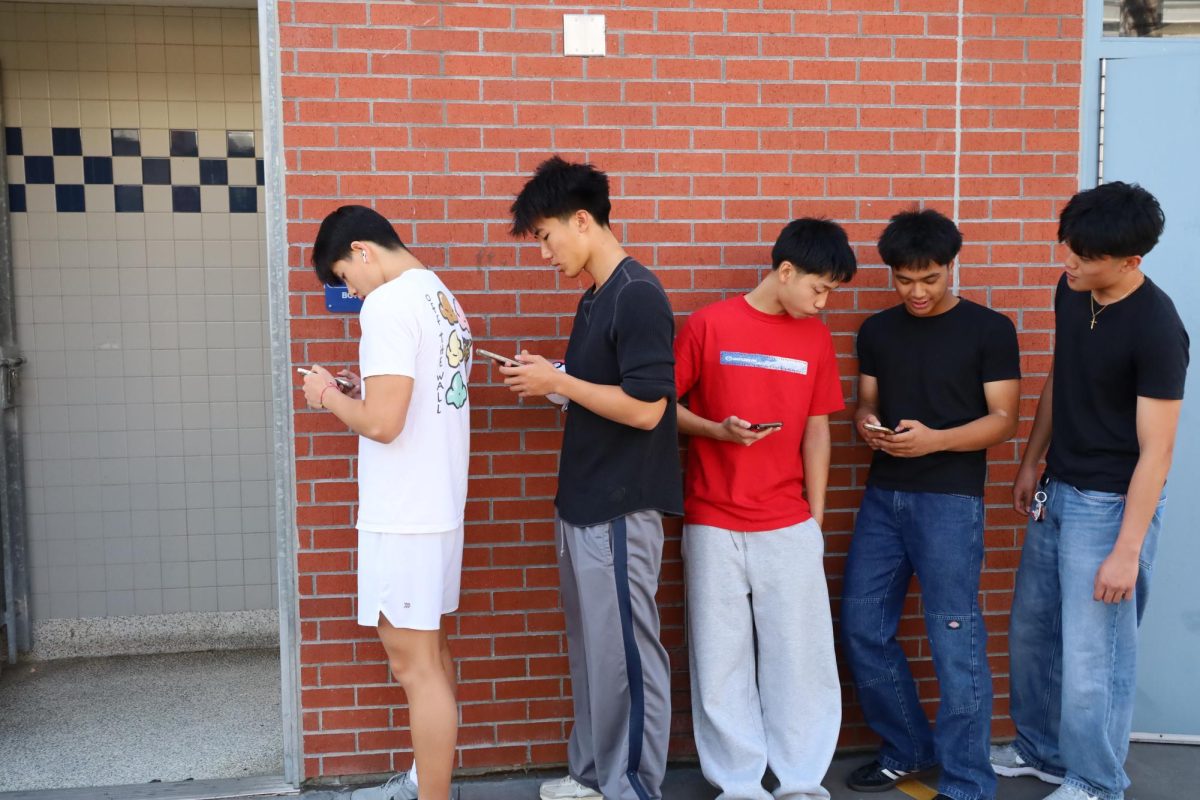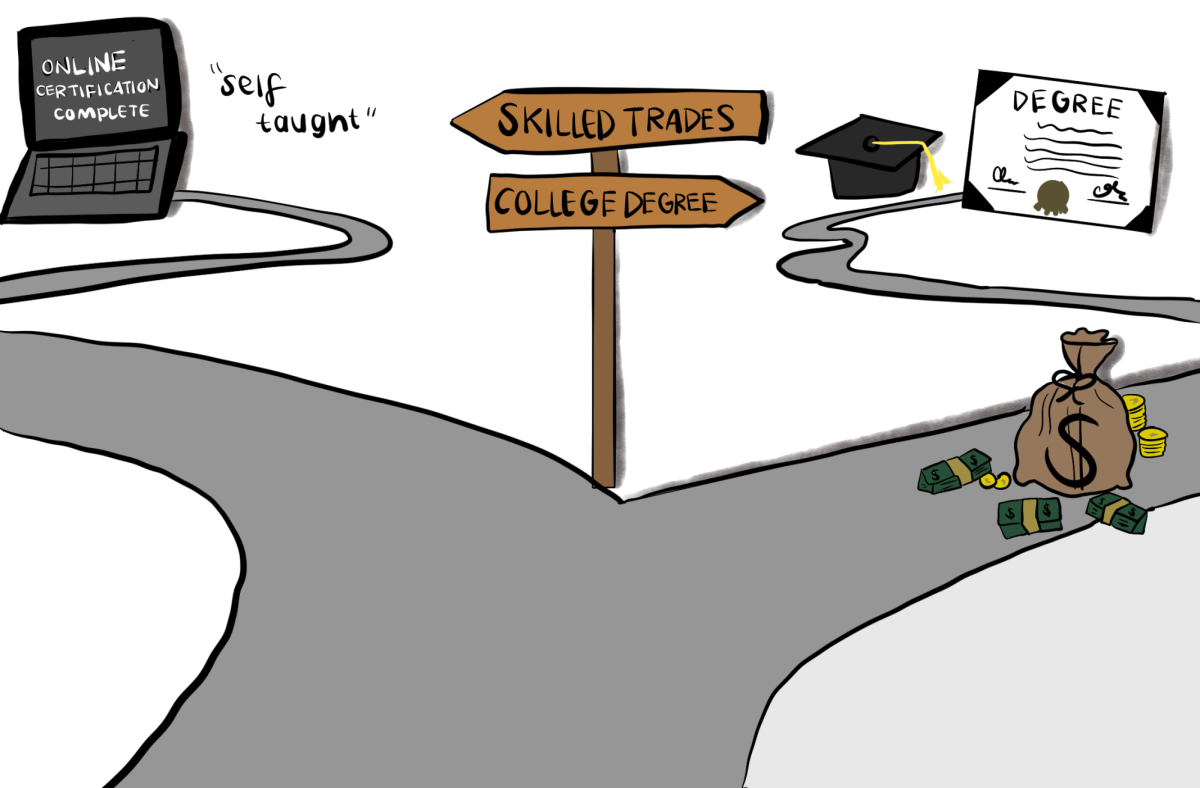Students enrolled in same level courses face varying levels of rigor due to discrepancies in grading policies and workload.
While some students are assigned heavier workloads with stricter grading procedures, other peers receive less assignments and laidback grading practices.
Unequal academic expectations lead to students exerting unbalanced amounts of effort as students in demanding classes are expected to meet more elevated expectations, while those in lenient classes face less challenging standards. Stricter classes require students to work harder to attain the same grades students in moderate classes easily receive. This creates disproportionate academic challenges since grades are reflectant on a teacher’s standards rather than the student’s performance.
This imbalance was evident last year when I heard some of my senior friends taking English IB HL1 talk about unbalanced workloads. Differences in the amount of assignments resulted in various grades as students faced varied grading policies and standards. Since IB courses are held to a higher standard, discrepancies in grades can be detrimental to a student’s GPA.
In order to create a more equal academic environment, teachers instructing the same course should frequently collaborate with one another to ensure that the rigor and content of assignments align.
Through my experiences in math class, I have noticed how some teachers within the math department would often communicate and collectively make decisions on what topics to cover or how much homework to assign. This communication establishes consistency and equivalent academic challenges.
Encouraging regular collaboration will establish a cohesive system and keep teachers regularly informed, engendering a more fair academic environment for students.








